Por: Redacción Diario el País Uruguay
En un contexto donde las economías de América Latina (y Uruguay no es la excepción) se han desacelerado fuertemente y el crecimiento potencial no es tan grande como se creía, hay un factor clave para reimpulsar los países de la región y sentar las bases para el futuro: los jóvenes y en particular los «Ni-Ni» (aquellos que no estudian, no trabajan y no reciben formación).
Si bien Uruguay, es de los países que a priori parte mejor, tiene problemas para lograrlo.
Así lo identificó el informe Perspectivas Económicas de América Latina 2017, elaborado conjuntamente por el Centro de Desarrollo de la Organización para la Cooperación y el Desarrollo Económicos (OCDE), la Cepal y CAF.
«El crecimiento potencial de América Latina es menos robusto de lo que se pensaba», señala el reporte y recuerda que «la productividad laboral ha ido disminuyendo en la última década en América Latina, con relación a otras economías más desarrolladas».
Esa falta de productividad se debe «a una combinación de factores» que «incluyen desde bajas tasas de ahorro, hasta una acumulación de capital menos dinámica, poca eficiencia en la utilización de los factores y escasa contribución del trabajo al crecimiento», indica el informe.
En el caso de Uruguay, el reporte estima que su crecimiento potencial de la economía es de 2,8%. El país —junto a Chile— es uno de los que «han logrado escapar a la trampa del ingreso medio». Esta es «la desaceleración duradera del crecimiento que muchos países soportan cuando se aproximan a niveles medios de ingresos per cápita» y así «el rápido crecimiento» es seguido por un «estancamiento prolongado», explican los organismos.
Por otro lado, «América Latina está atrapada en un circulo vicioso en el cual la alta rotación desincentiva la educación y la capacitación laboral de los trabajadores, lo que tiene como resultado una baja productividad. A su vez, la baja productividad laboral en relación con los costos de formalidad contribuye a un alto nivel de informalidad laboral en la región» resume el informe.
Para mejorar esta situación se necesita «invertir en capital humano y competencias».
Y allí es donde entre los jóvenes. «Los adultos jóvenes representan una cuarta parte de la población en América Latina. La capacidad de aprovechar este importante dividendo demográfico de 163 millones de personas de entre 15 y 29 años será crucial. Ayudar a todos los jóvenes de la región, y en especial a las mujeres, a realizar su potencial es la mejor inversión para el futuro de América Latina», señaló la directora de Gabinete del Secretario General de la OCDE, Gabriela Ramos al presentar el informe.
Dentro de los jóvenes, la situación de los llamados «Ni-Ni» es crucial. Casi 30 millones de jóvenes de la región de América Latina y el Caribe no tienen empleo, no estudian, ni reciben capacitación. Ellos representan el 21% de los jóvenes de la región, en comparación con el 15% en los países de la OCDE.
Uruguay parte mejor. «Cerca de 41% de los jóvenes uruguayos estudian o estudian y trabajan» mientras que «más de 41% trabajan», por lo que «Uruguay sigue siendo uno de los países de América Latina con las menores tasas de jóvenes que no tienen empleo, no estudian, ni reciben formación: alrededor de 17% a diferencia del 20% en la región y el 15% en el conjunto de países de la OCDE», destaca el reporte. También Uruguay es de los países de la región con menor incidencia de jóvenes que trabajan en la informalidad: 18%, señala.
Pero, aunque parte mejor, hay problemas. «Pese a los considerables avances de las últimas décadas, el nivel de educación en Uruguay sigue siendo inferior al promedio regional», indican los organismos que elaboraron el estudio.
Mientras en América Latina el 55% de los jóvenes entre 25 y 29 años terminaron la enseñanza secundaria, en Uruguay es 40%. Lo mismo sucede con el porcentaje de los que terminaron sus estudios superiores (14,6% en América Latina frente a 11% en Uruguay).
Más problemas.
«Más de la mitad de los jóvenes latinoamericanos escolarizados no adquieren el nivel de competencia básica en lectura, matemáticas y ciencias» en las pruebas PISA y «menos del 1% de los estudiantes de la región alcanzan los dos niveles de competencia más elevado», afirma el estudio.
Por ello, «América Latina presenta la mayor brecha entre la oferta de competencias y habilidades y la demanda, lo que repercute en la alta informalidad laboral», señala.
Para empezar a solucionarlo, la OCDE, la CAF y la Cepal recomiendan varios focos de atención: «poner en marcha sistemas eficientes de recolección de datos sobre la oferta y demanda de competencias», «hacer cumplir estándares de calidad claros para la educación pública y privada», «mejorar los mecanismos para identificar a los estudiantes con bajo desempeño y a aquellos con problemas académicos, económicos y sociales», «reforzar la educación técnica y profesional invirtiendo en infraestructura, formación docente y mecanismos para identificar las necesidades del mercado laboral», «mejorar la coherencia y los vínculos entre la educación secundaria y terciaria para facilitar la transición de la escuela a la educación superior», «ampliar el acceso a la educación superior», «desarrollar programas educativos que respondan mejor a las necesidades del mercado», «expandir programas que combinan formación en el aula con capacitación práctica y servicios para la búsqueda de empleo» y «sistematizar el uso de evaluaciones de impactos robustas en los estadios iniciales de los programas de educación y formación.»
Políticas públicas que tomen los cambios.
«Los responsables de la formulación de políticas públicas deben recolectar información y evaluar los programas para jóvenes a fin de diseñar políticas públicas que tengan en cuenta la actual transformación tecnológica, política y social que está cambiando el mundo del trabajo y las ciudades en las que vivirán los jóvenes. Nueve de cada 10 jóvenes en América Latina y el Caribe vivirán en ciudades en el 2050. Al mismo tiempo, estas inversiones deberán programarse con un marco fiscal creíble y sostenible», dijo Enrique García, presidente ejecutivo de CAF al presentar el informe. El reporte «recomienda apoyar políticas multidimensionales, como complementar los microcréditos, con barreras regulatorias más bajas, vinculando a los jóvenes emprendedores con redes existentes y potenciar la capacitación gerencial y financiera» y «facilitar el acceso a servicios e infraestructuras de banda ancha asequibles a fin de que los jóvenes puedan sacar el máximo partido de la economía digital».
Emprender con menos de 30 años: muy pocos.
«Empoderar a los jóvenes, vinculando simultáneamente su talento con las demandas y las estructuras del mercado de trabajo, es un modo inteligente de crear un crecimiento inclusivo, reducir desigualdades y aumentar la productividad de los países», indicó la directora de Gabinete del Secretario General de la OCDE, Gabriela Ramos al presentar el informe. Parte de eso, es que los jóvenes tengan la capacidad de emprender. «La mayoría de los jóvenes uruguayos que ejercen el autoempleo son trabajadores por cuenta propia y no empleadores: 12% de los jóvenes que trabajan se consideran trabajadores por cuenta propia, mientras que solo 1% se definen como emprendedores», explica el estudio.
A su vez, en Uruguay «17% de los emprendedores jóvenes (de 18 a 29 años) en la etapa inicial de su emprendimiento inician empresas por necesidad, lo que se asemeja a la cifra de la OCDE (16%) y está por debajo del promedio regional (26%)», añade.
«Los obstáculos a la actividad empresarial son ligeramente menores en Uruguay que el promedio de América Latina. Entre ellos, la complejidad de los procedimientos de reglamentación y las cargas administrativas para las nuevas empresas resultan ser las barreras más importantes con las cuales los jóvenes emprendedores se enfrentan», concluye.
Fuente: http://www.elpais.com.uy/economia/noticias/invertir-jovenes-nueva-economia-ocde.html


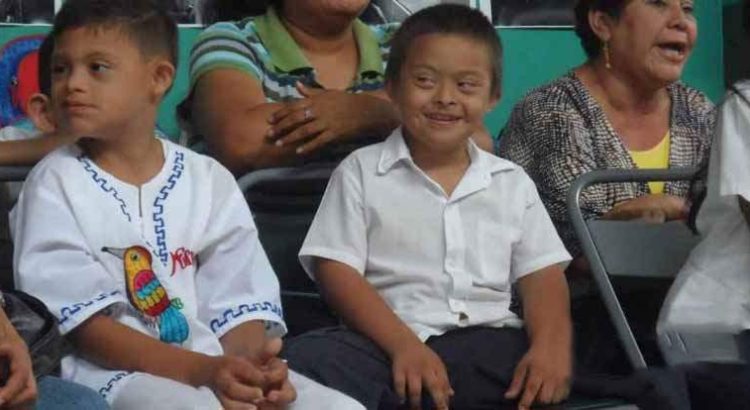
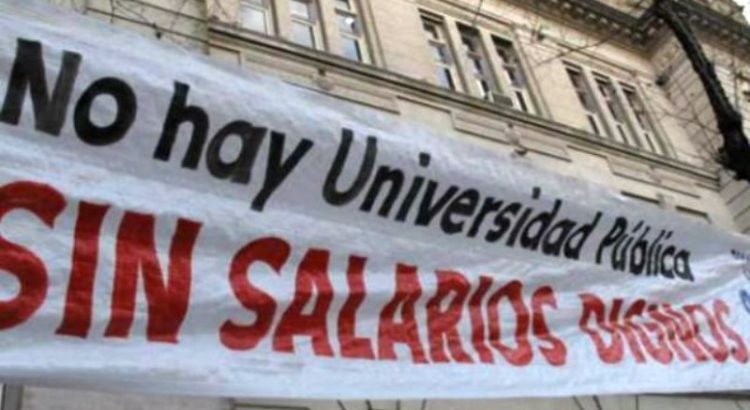



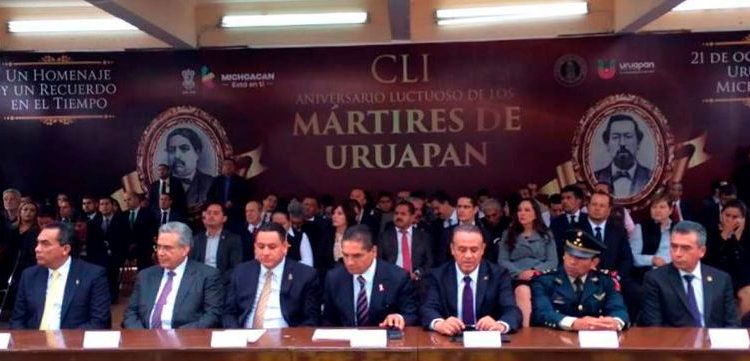
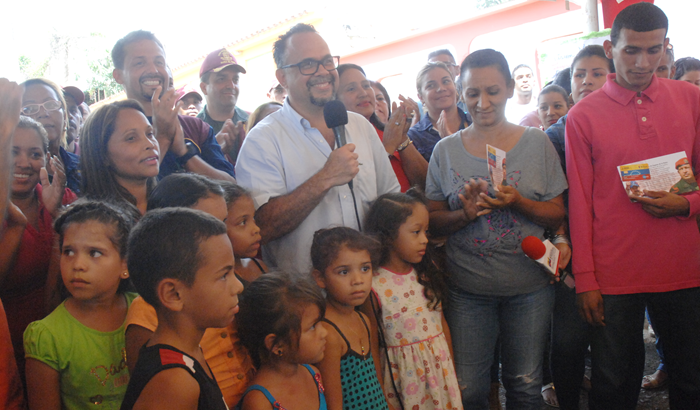
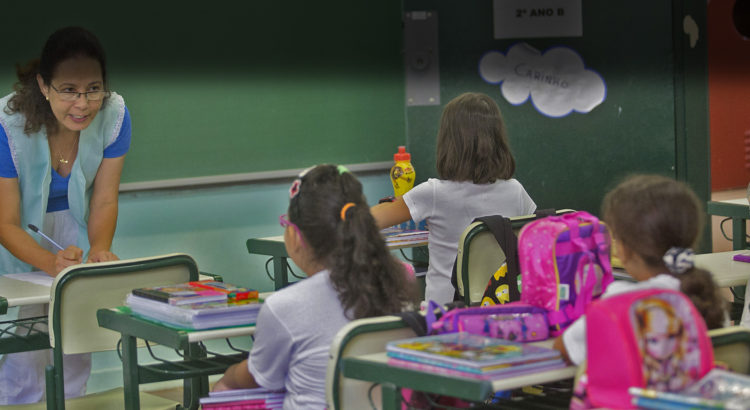






 Users Today : 12
Users Today : 12 Total Users : 35460673
Total Users : 35460673 Views Today : 29
Views Today : 29 Total views : 3419774
Total views : 3419774